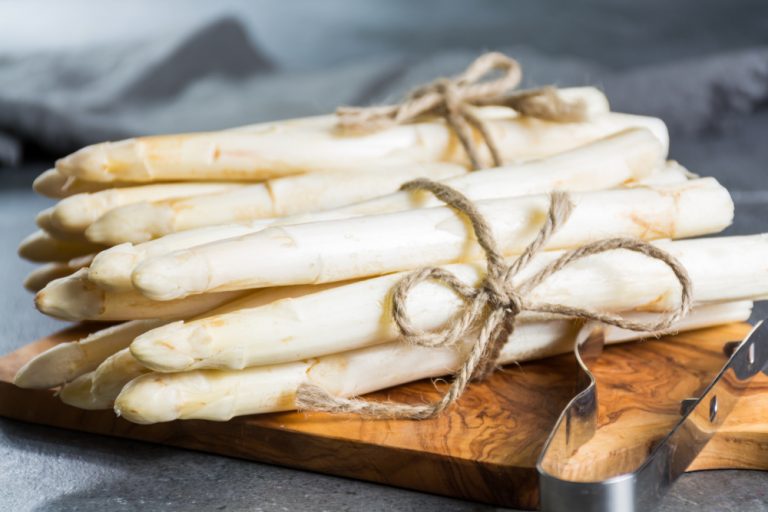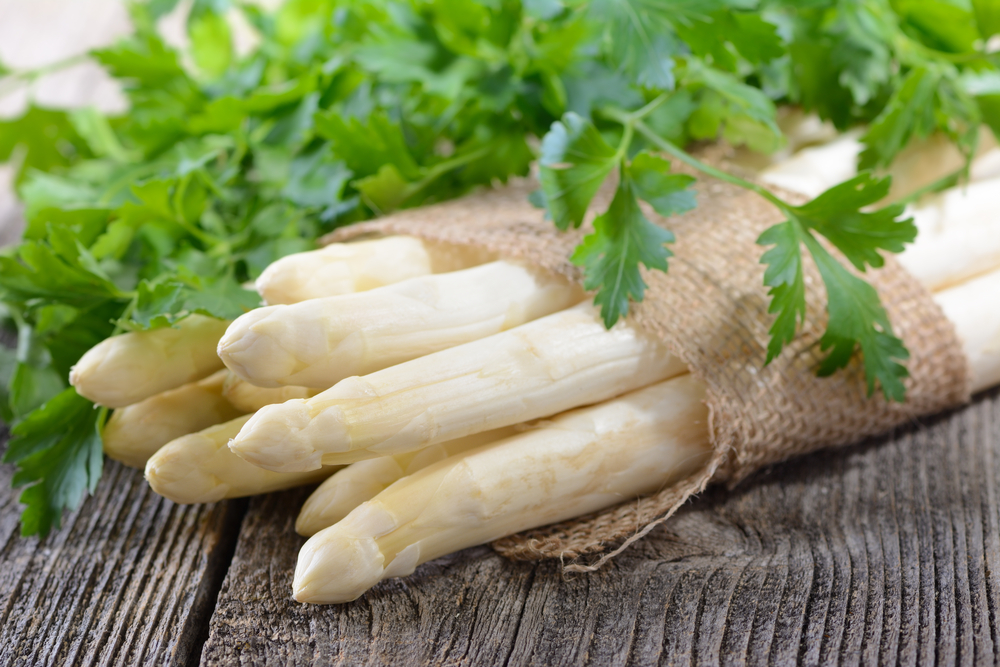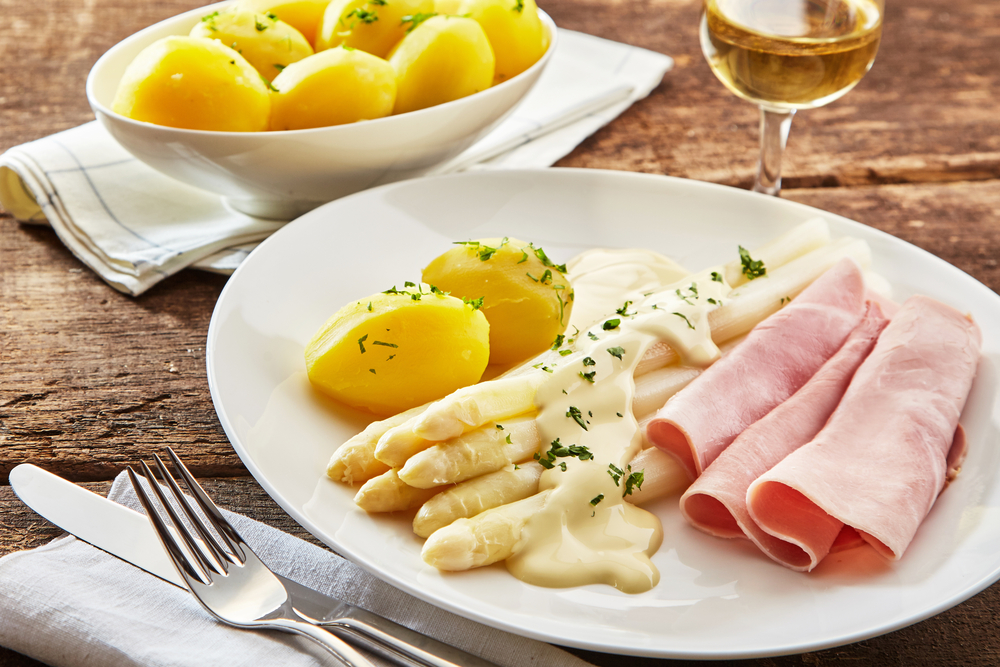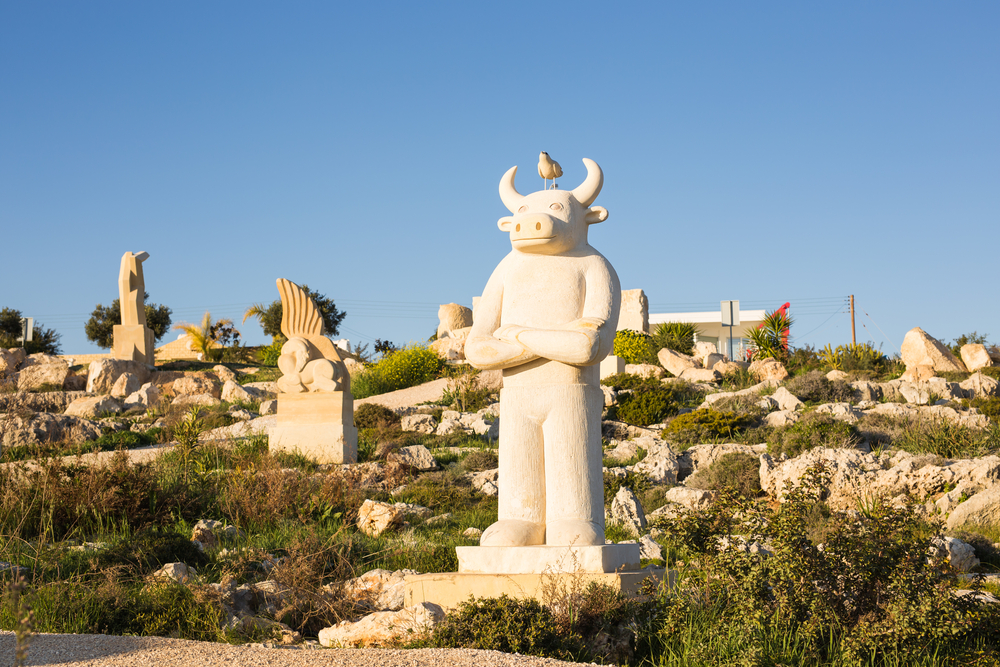White gold. The king of vegetables. Edible ivory. These superlatives describe the springtime sensation that floods Europe’s supermarkets between April and June every year: white asparagus. While the green variety is more common in the UK, other European nations, such as Switzerland, France and Italy, have bought into the hype surrounding this vegetable wonder. The leader of the pack, however, is Germany: no nation takes the cultivation and consumption of the vegetable as seriously as the Germans, who eat around 125,000 tonnes of white asparagus every year.
Whether you’re planning a city break in Berlin or a hiking holiday in Bavaria this spring, prepare yourself by reading up on this celebrated produce. Before you know it, you too will be shouting its praises from the rooftops!
Five Fun Facts
You can mindlessly join in on the Germans’ cult-like craze, or you could dazzle your fellow travellers (and maybe even some locals) with these fun facts about the country’s favourite spring vegetable. Lettuce dig in…
- The history of asparagus dates all the way back to the first century, when it was grown by the Egyptians, Greeks and Romans.
- The Egyptians in particular were smitten: they believed that it was a powerful medicinal remedy, and went so far as to call it a “food of the gods”.
- The Romans also celebrated the vegetable for its medicinal properties, promoting it as a cure for bee stings and toothaches.
- The name derives from the Persian word “asparag”, meaning “shoot”. The ancient Greeks and Romans were the first to use this word to describe the ambrosial stalks that they pulled out of the ground.
- Many people maintain that the white and green varieties taste different, suggesting that the former has a more mellow flavour. This results from its cultivation method: the stalks are white because they’re grown underneath a thicker coat of mulch and a layer of dark plastic, meaning that photosynthesis (which turns the asparagus green) cannot occur. As well as remaining white, this variety’s lack of photosynthetic chlorophyll is accompanied by a sweeter taste that’s not as “grassy” and bitter as that of its green counterpart.
Top Tip: If you’re exploring Bavaria and are a genuine asparagus fanatic, don’t miss out on your chance to learn more about this veggie triumph at the European Asparagus Museum, situated in the town of Schrobenhausen.
Five Preparation Methods
Now that you’re an asparagus expert, you’re ready for the best part: eating it with various sauces, spices and sides. The options are truly endless, but here are five of the most fabulous ways of consuming Germany’s king of vegetables.
- The must-try classic: boiled white asparagus that’s been tossed in hollandaise sauce and/or butter. Popular sides include black forest ham and potatoes. Lecker!
- Simple but scrumptious: drizzle vinaigrette over the stalks and top off the dish with a poached egg. Fantastisch!
- Puréed perfection: make a soup out of the vegetable by steaming it and then running it through a food processor. Add onions, vegetable broth and a dash of white wine to enhance the flavour. Wunderbar!
- Wedding wonder: what spring wedding could be complete without everyone’s favourite seasonal vegetable? A traditional German wedding soup (Hochzeitssuppe) contains meatballs, carrots, leeks, onions and – of course – plenty of white asparagus. Köstlich!
- A Valuable Variation: This one’s not typically German, but on a nippy spring evening, nothing beats a mound of white asparagus covered in cheesy béchamel sauce then baked in the oven. We can say “merci” to the French for this heavenly gratin.
On your next springtime trip to Germany, you can’t go wrong with these five fun facts and preparation methods. Asparagus ambrosia, here you come!







